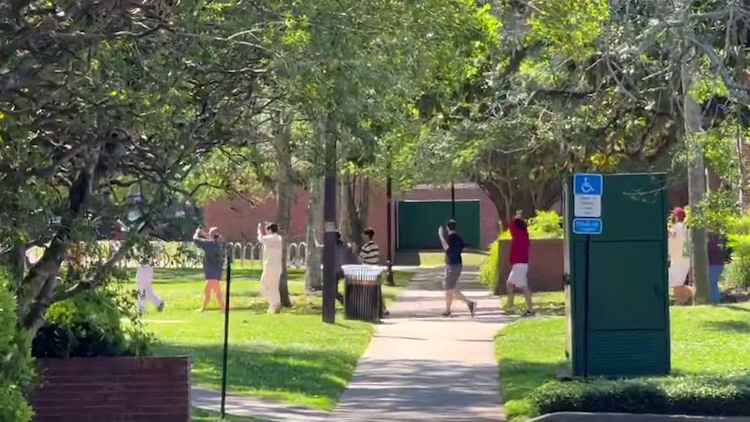Rosetta spacecraft due to rendezvous with comet


A ten year, nearly four-billion-mile space journey will make history Wednesday when a tiny spacecraft begins the first-ever orbit of a comet that scientists believe may hold clues about the dawn of the Solar System and life on Earth.
Since the European Space Agency launched the Rosetta mission in 2004, the craft has been on a cosmic ping-pong trip, using the gravitational forces of Earth and Mars to slingshot across roughly 3,728,227,139 miles of space toward comet 67P/Churyumov-Gerasimenko.
After a few months looking for the right place to land, in November Rosetta will log another first when it deploys a small, 220-pound lander called Philae to touch down on the surface to begin a close-up scientific exam.
If all goes well, Philae will fire a harpoon to anchor itself to the surface of the comet. It will then conduct a number of experiments, beaming results back to Earth.
"The best thing Philae is going to tell us is something that we have no clue what it is yet," said Phil Plait, an astronomer and author who pens the Bad Astronomy blog for Slate. "And that's the best part of science, when you get that surprise and you go, 'Oh!' And it changes the way you think about something."
Along the way Rosetta has already produced stunning images as it zoomed by Mars and Earth, using the planets' gravity to help slingshot it toward the comet.
"There are so many things that have never been attempted before," said Samantha Cristoforetti, an Italian astronaut with the European Space Agency. "Rendezvousing with a comet, attempting a landing, relying purely on solar batteries at huge distances from the sun."
In January, after a long hibernation to preserve battery power, Rosetta woke up and phoned home.
A tweet that read "Hello world!" sent from Rosetta's account got more than 5,000 retweets.
Comet 67P, made up mostly of dust and ice, is gradually waking and will soon begin to form a long trail as it approaches the heat of the sun. As Rosetta has inched closer, it has been sending back increasingly-detailed pictures of 67P.
Comets, scientists believe, are a cosmic mish-mash of materials left over from the beginning of the Solar System.
"They're like a time capsule," said Plait. "A four-and-a-half-billion-year-old time capsule telling us what conditions were like when the earth itself was just forming. That's HUGE."
When they collided with Earth, comets may have even delivered the water and ingredients needed to kickstart life.
"It could be that comets seeded the earth with the building blocks for life," Plait says. "It's very interesting to think that when you're studying a comet, you're studying something that is ancient and gorgeous and has had an impact on human culture, and may have literally had an impact on the water and life on Earth as well."
Rosetta is named for the Rosetta Stone, a tablet discovered in 1799 that helped decipher the hieroglyphs of ancient Egypt.








